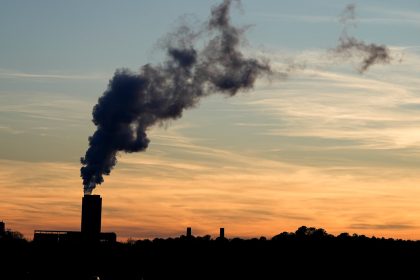How Health Is Impacted by Extreme Heat

There have always been periods of extreme heat in the U.S., but now researchers estimate that climate change could make these periods more frequent, widespread, and severe over the next 30 years.
A recent report from the Atlantic Council’s Adrienne Arsht-Rockefeller Foundation Resilience Center, with analysis conducted by Vivid Economics, projects that extreme heat will claim nearly 60,000 lives a year by 2050.
Increases in deaths are projected to be concentrated in already hot areas in southwestern Arizona, Southern California, and southwest Texas. Those aged 65 or older are more than twenty times more likely to die from heat-related events compared to people aged one to 44 years.
When it comes to costs, the U.S. loses an average of $100 billion annually from heat-induced declines in labor productivity, which is more than the annual budget for the U.S. Department of Homeland Security and the Department of Housing and Urban Development combined. The labor losses are steepest in sectors like agriculture and construction where outdoor work is most prevalent.
There is a disproportionate impact observed among Black and Hispanic workers that are facing productivity losses 18% greater than non-Hispanic White workers, as these workers tend to live and work in more heat-exposed regions of the country.
A Black worker is more likely to experience 35 to 40 days with a maximum temperature above 90 degrees, and for a Hispanic worker it’s 40 to 45 days.
To conduct the analysis and determine these projections researchers used a variety of methods, including two different measures of heat as inputs, climate modeling from 28 leading scientific research institutions across the world, heat mapping, air condition data, demographic data, and labor data.
The report estimates that if no immediate actions are taken to reduce emissions or adapt to extreme heat, labor productivity losses could double to nearly $200 billion by 2030 and reach $500 billion by 2050.

























